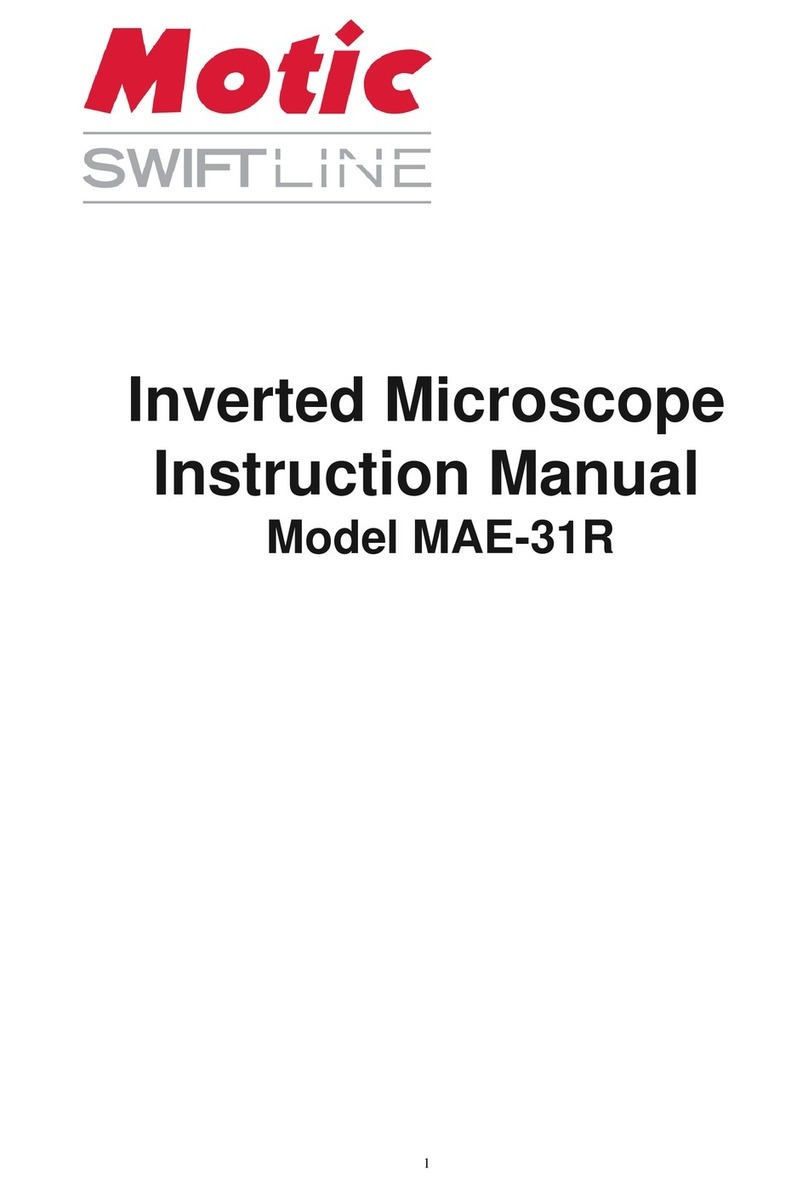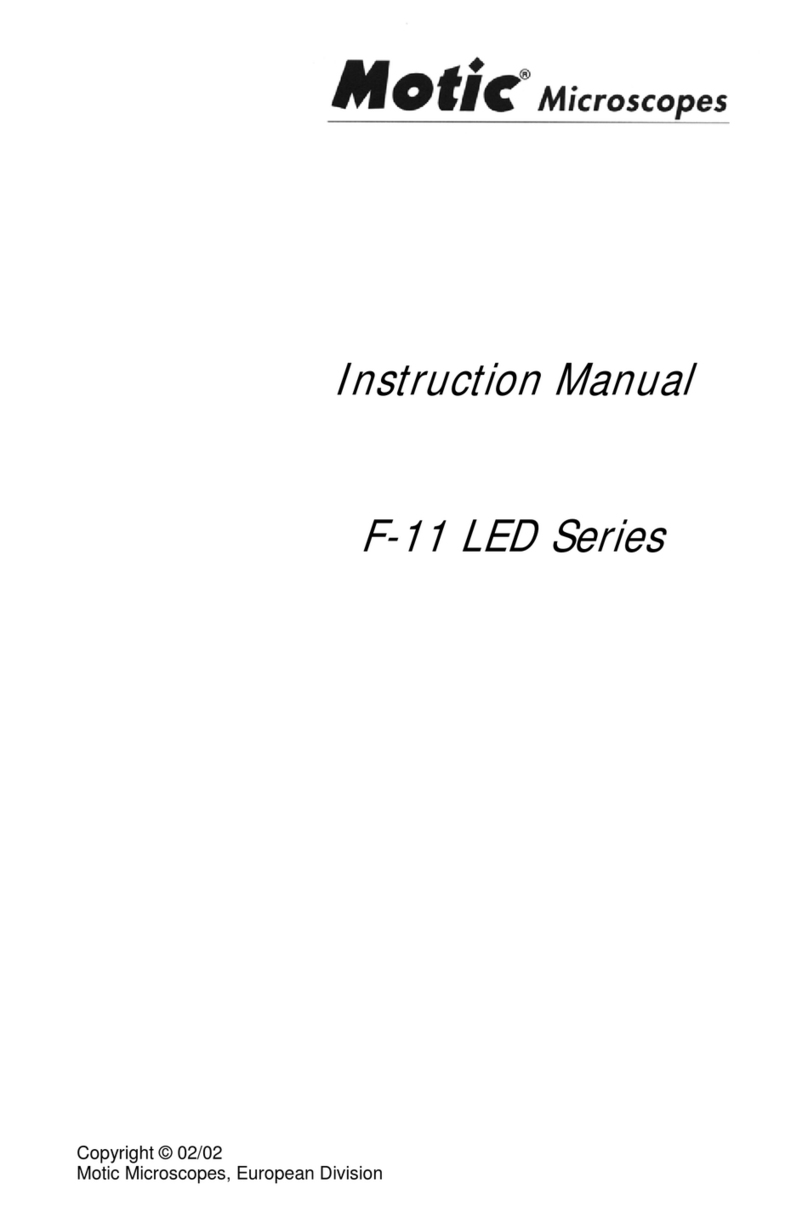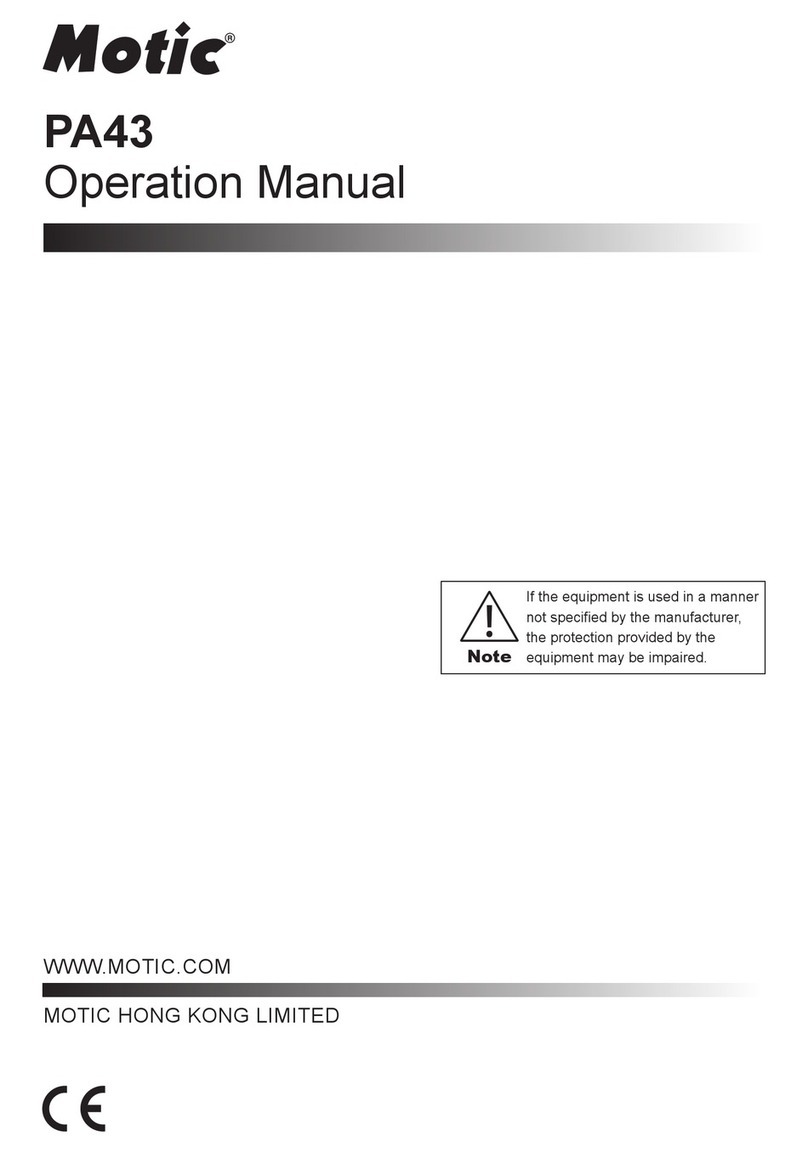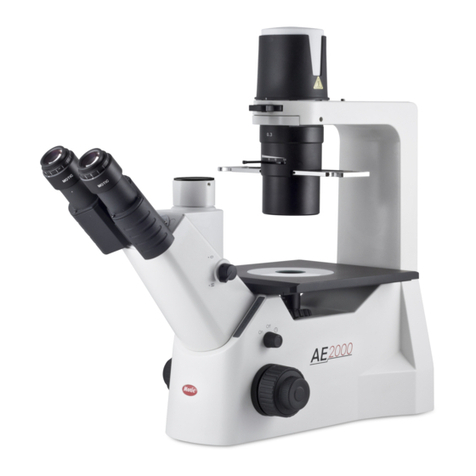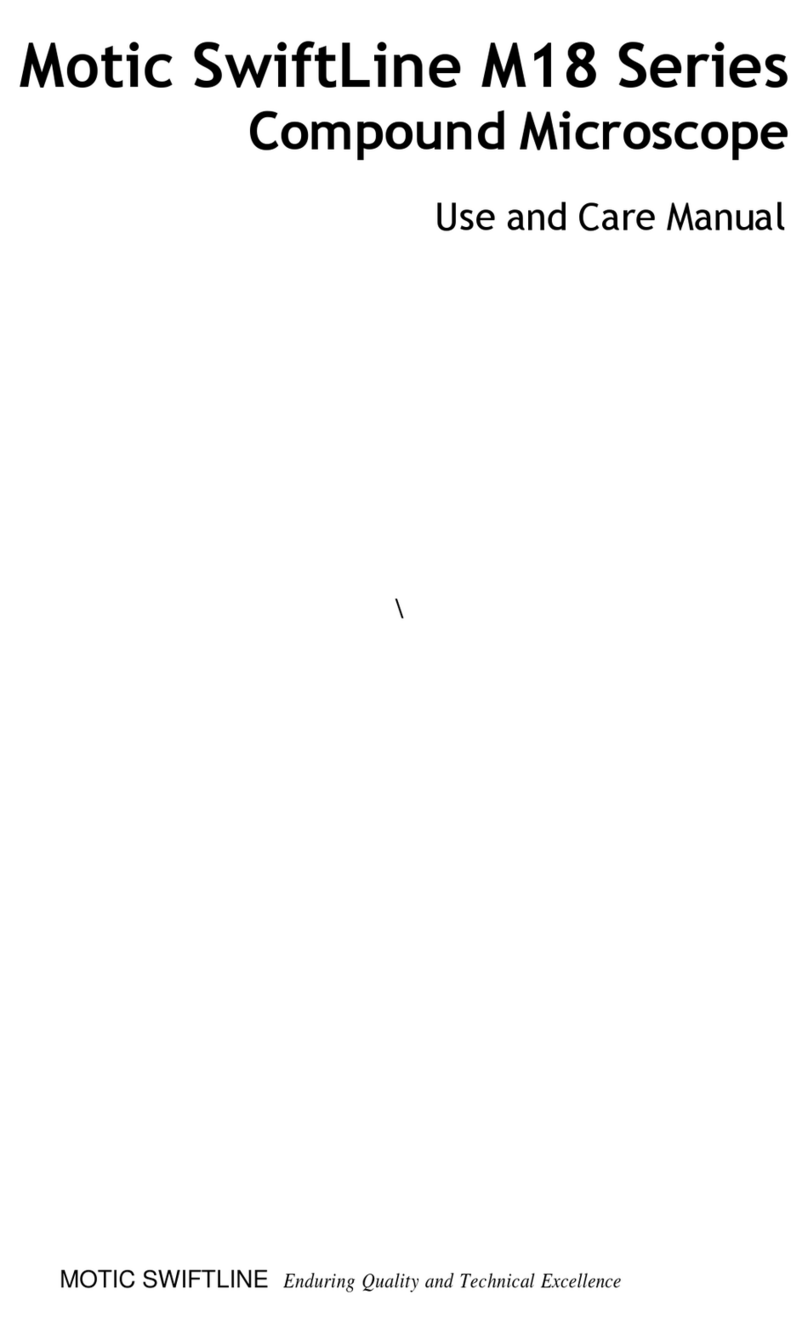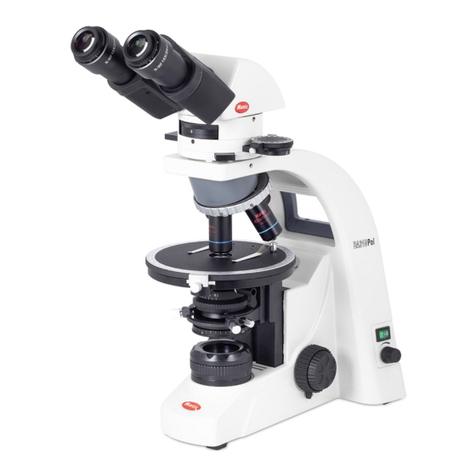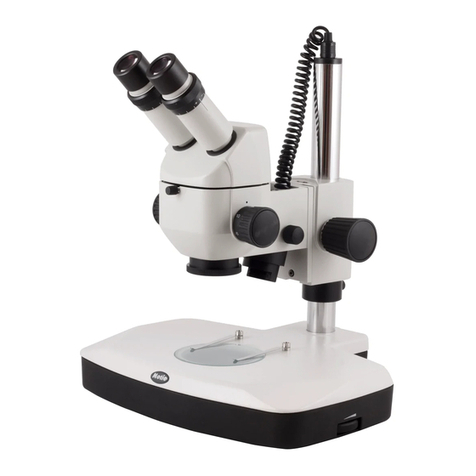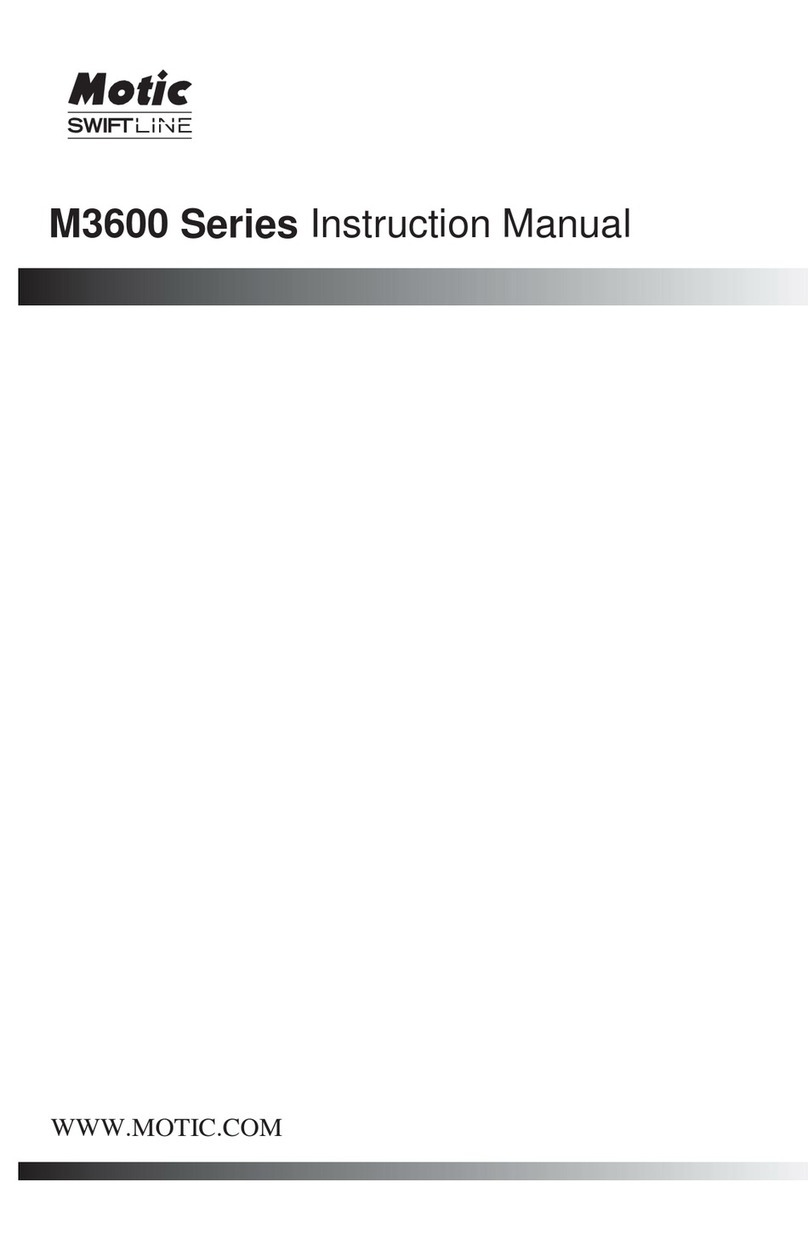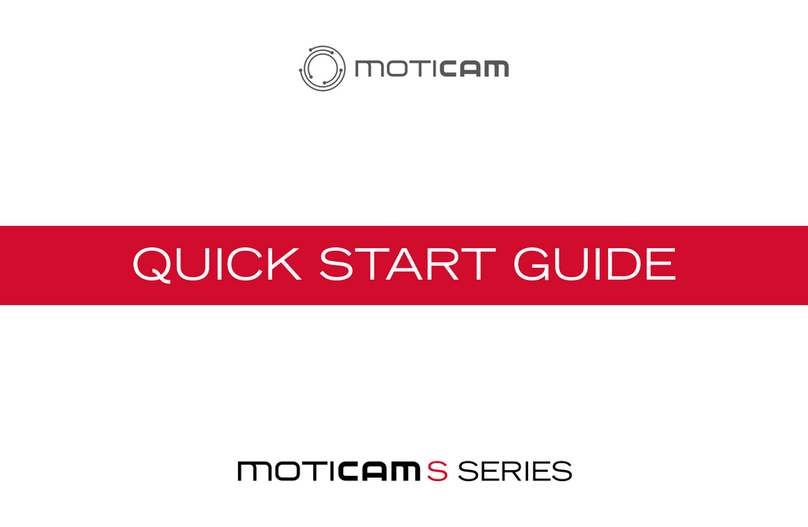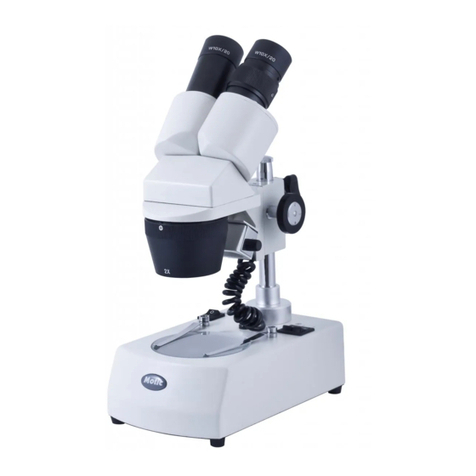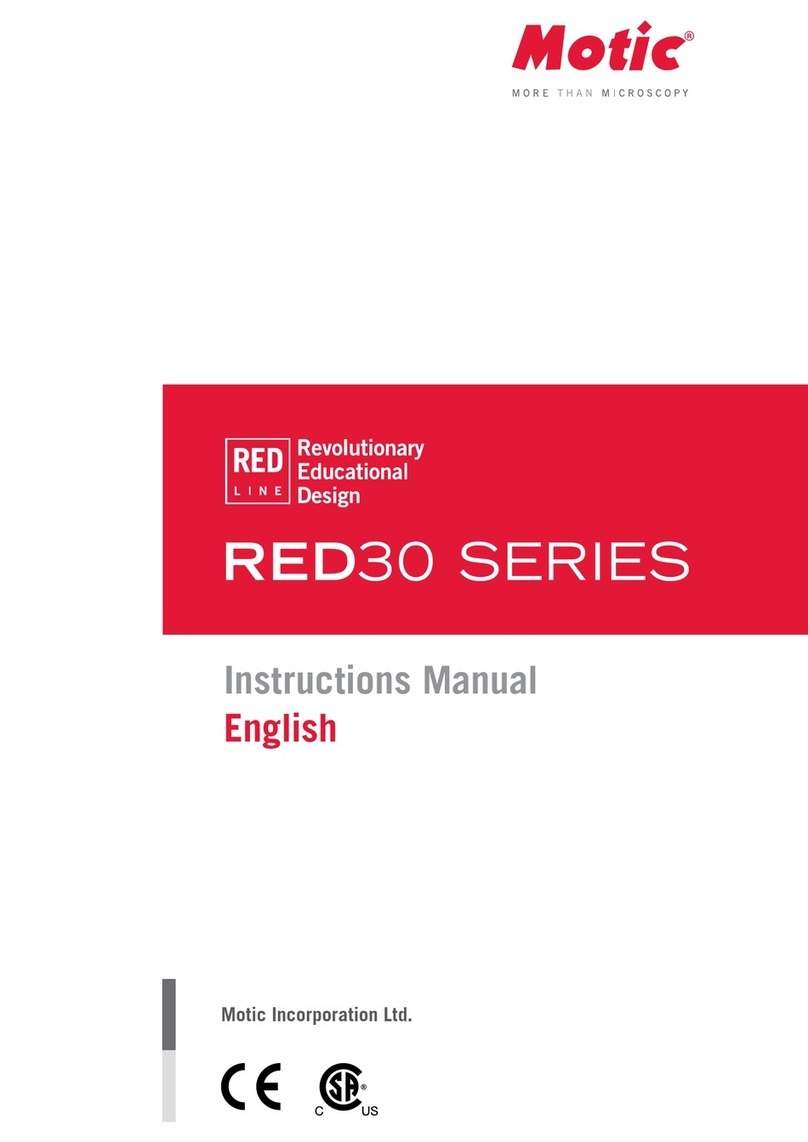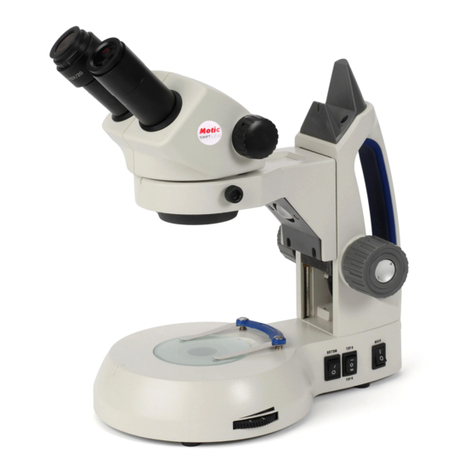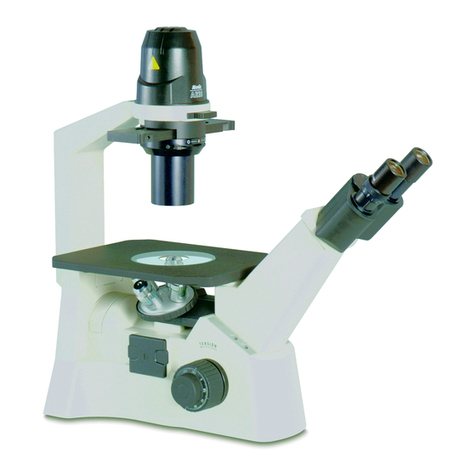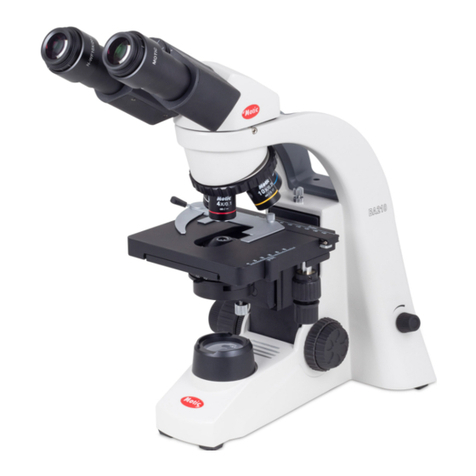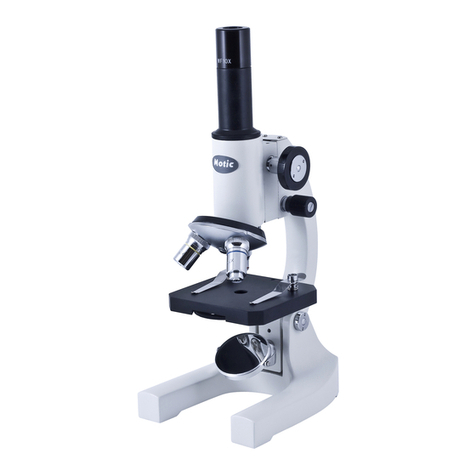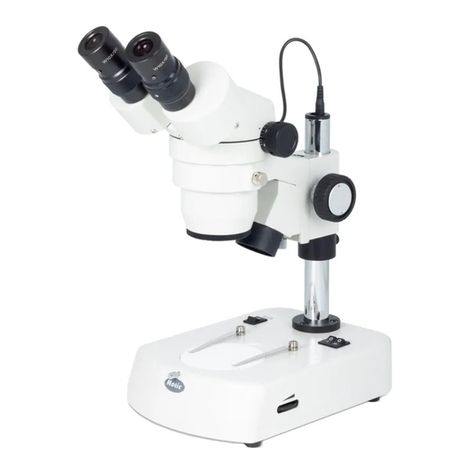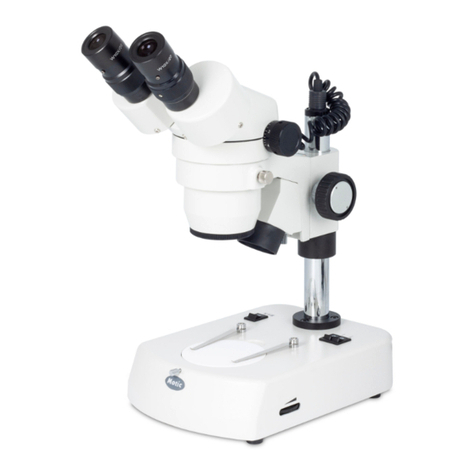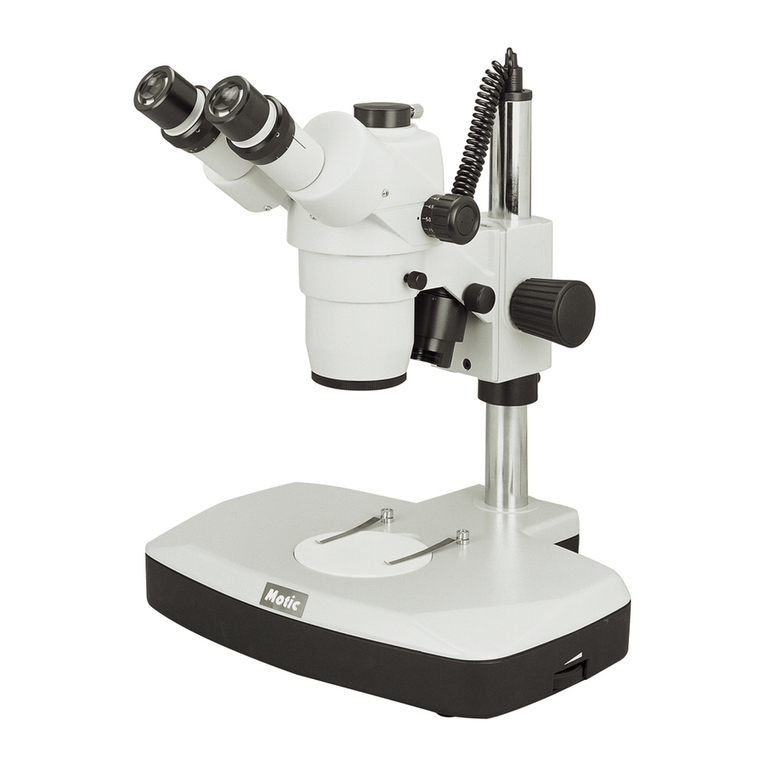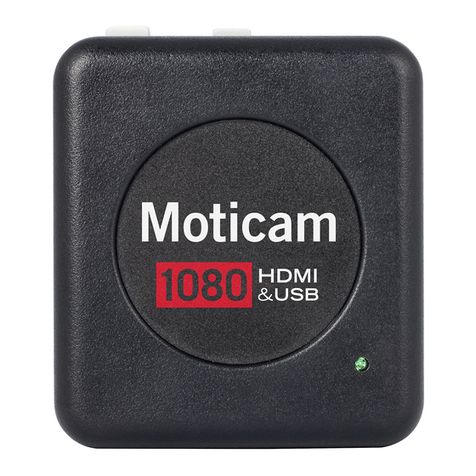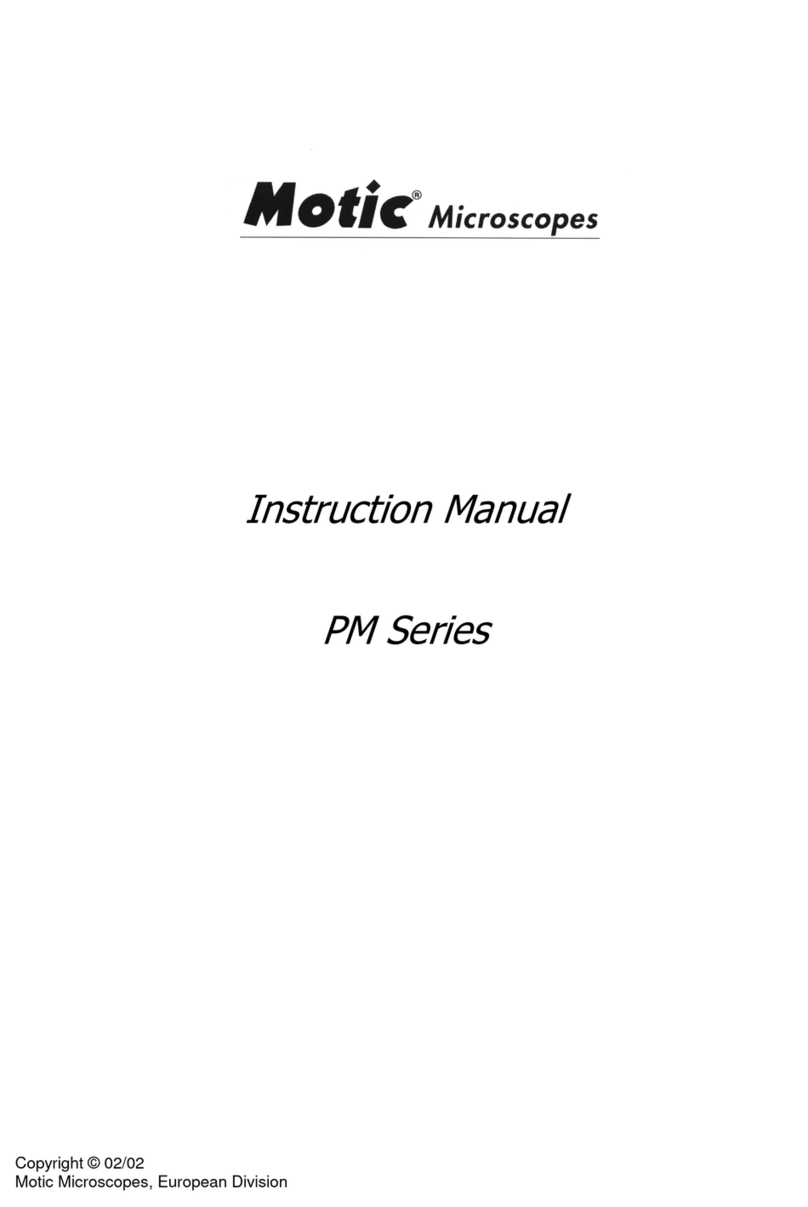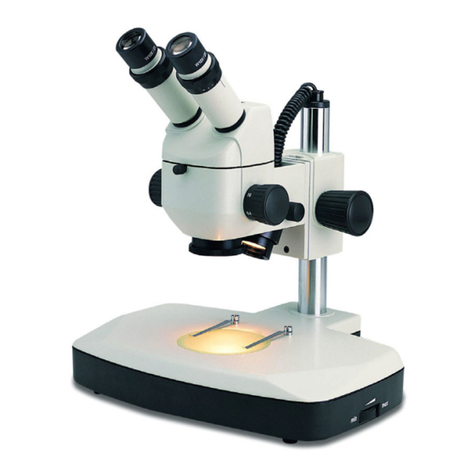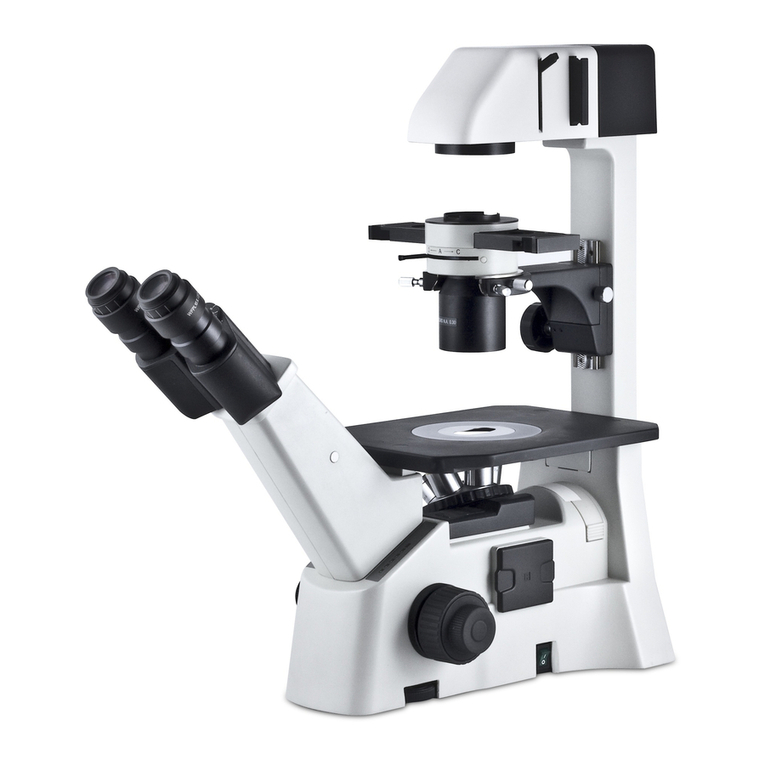7
1.4 Safety Precautions
This equipment has been developed and tested according to safety standards as well as national and
international standards. This guarantees a very high degree of safety for this device. The legislator
expects us to inform the user expressively about the safety aspects in dealing with the device. The
correct handling of this equipment is imperative for its safe operation. Therefore, please read carefully all
instructions before switching on this device. For more detailed information, please contact our Customer
Service Department or one of our authorized representatives.
●This equipment must not be used (a) in an area that is in danger of explosions and (b) in the
presence of flammable, explosive, or volatile solvent such as alcohol, benzene or similar
chemicals.
●Do not put or use this device in humid rooms. Humidity should be maintained between 30 and 85%
for normal operation. Do not expose the device to water splashes, dripping water, or sprayed water.
Do not place containers containing fluids, liquids, or gases on top of any electrical equipment or
devices.
●The equipment must be operated only by, or under direct supervision of a properly trained and
qualified person.
●Modifications of this equipment may only be carried out by MOTIC’s service technicians or other
authorized persons.
●Customer maintenance of this equipment may only be performed as stated in the User’s Manual
and Service Manual. Any additional maintenance may only be performed by MOTIC’s service
technicians or other authorized persons.
●The manufacturer is only responsible for effects on safety, reliability, and performance of this
equipment when the following requirements are fulfilled: (1) The electrical installation in the
respective room corresponds to the specifications stated in this manual and (2) This equipment is
used, operated, and maintained according to this manual and Service Manual.
●The manufacturer is not liable for damage caused by unauthorized tampering with the device(s).
Such tampering will forfeit any rights to claim under warranty.
●This equipment may only be used together with accessories supplied by MOTIC’s. If the customer
makes use of other accessories, use them only if their safe usability under technical safety
aspectshas been proved and confirmed by MOTIC or the manufacturer of the accessory.
●Keep the User’s Manual and Service Manual in a place easily accessible at all times for persons
operating and maintaining the equipment.
●Do not force cable connections. If a cable does not connect easily, be sure that the connector (plug)
is appropriate for the receptacle (socket). If you cause any damage to a cable connector(s) or
receptacle(s), let the damage(s) be repaired by an authorized service technician.
●Please do not pull on any cable. Always hold on to the plug when disconnecting cables.

